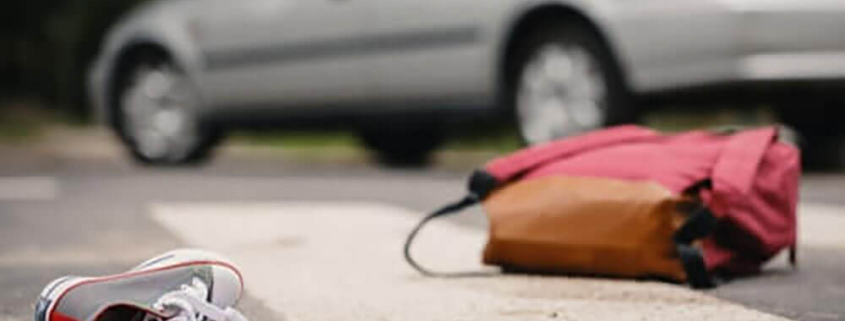Fault in Pedestrian Accidents at College Crossings
Pedestrian accidents near college campuses are unfortunately common. With so many students walking to class, crossing busy streets, and drivers who may be distracted or even impaired, collisions occur frequently. When a driver hits a pedestrian at a college crossing or intersection, the issue of legal fault often arises. An Illinois personal injury lawyer can help you prove fault.
Driver Negligence
Drivers have a duty to pedestrians to operate their vehicles carefully and avoid distractions. If a driver fails to yield when they should have, speeds through crosswalks, or is provably distracted or intoxicated, they may face criminal charges like reckless driving or aggravated DUI. Drivers can also be civilly liable for injuries they cause by negligence.
Factors like poor visibility, sun glare, or bad weather do not relieve a motorist’s duty to pedestrians. Drivers must adapt their driving to conditions to prevent accidents. Violations of traffic laws like speed limits, ignoring traffic signals or signs, and failure to yield commonly establish driver negligence in court.
Pedestrian Negligence
While drivers have an elevated duty to avoid collisions with pedestrians, those on foot also must act responsibly. Pedestrians should only cross at designated areas and obey walk signals at intersections. If a pedestrian crosses mid-block, fails to yield the right of way, or is provably impaired by drugs or alcohol, they may share in fault for an accident.
These factors can reduce or bar a pedestrian’s right to recover damages, even if the driver was negligent. Using phones or wearing headphones while crossing can also constitute negligence by distracting pedestrians from safely crossing.
Comparative Negligence
Many states, like Illinois, follow “comparative negligence” rules to establish fault percentages between parties in an accident. If the driver and pedestrian acted negligently, a court assigns each a percentage representing their degree of fault.
For example, a driver may bear 80% fault for speeding through a crosswalk, but a pedestrian 20% for crossing while distracted. These fault percentages impact the potential recovery of accident damages in a civil injury lawsuit. Unlike criminal charges, both parties can share civil liability on a sliding scale.
Evidence Gathering
Investigating and preserving evidence is critical to establishing pedestrian accident faults. Police accident reports, witness statements, video footage, cell phone records, and forensic evidence like skid marks allow attorneys to recreate what factors led to collisions.
Blood tests may show a driver’s intoxication levels, and evidence of cell phone use can prove negligence for either party. Even paint transfers between a vehicle and a victim’s shoes or clothing can help reconstruct how an accident occurred to assign proper fault. An attorney can thoroughly gather and examine such evidence to build a potentially compelling negligence case.
Avoiding Accidents
The best solution is to avoid such accidents altogether. Drivers must stay focused on the entire roadway, not just other vehicles. Pedestrians should cross at marked locations while avoiding phone use and other distractions. Infrastructure improvements like better lighting, signs, painted crosswalks, and traffic-calming speed bumps can also greatly reduce collision risks.
Contact an Orland Park, IL Personal Injury Lawyer
For help with your case, a Will County, IL personal injury attorney can help piece together the information you have to make the strongest case possible. It is essential to have someone on your side who is aware of the legal jargon and laws that may help you. Call Fotopoulos Law Office at 708-942-8400 for a free consultation.










Leave a Reply
Want to join the discussion?Feel free to contribute!